Water is a most vital resource for sustenance of life on Earth. Water is used in almost every sector including household, construction, irrigation, industrial and commercial sector, etc. Water has been exploited uncontrollably, without any provision since the civilization exists. Water efficiency simply means minimizing wastewater. Water conservation implies improved practices and technologies to save or store water at every possible opportunity and using water resources as sparingly as possible and thus, reducing wastewater. The safety of the building occupants and corresponding environment is a fundamental goal and it must be guaranteed during and after the construction of any building. The materials and method used must ensure green safety standards.
Green buildings are future the for sustainable development. Green building or sustainable design building refers to the practice of increasing of buildings and their sites which use energy, water, minerals, etc. and reduces impact on human health and environment. India has currently two rating systems namely, LEED and GRIHA:
- LEED: Leadership in Energy and Environmental Design.
- GRIHA: Green Rating for Integrated Habitat Assessment.
techniques/Ways to Conserve Water in Construction
1. Use of Fly ash as Replacement to Cement in Concrete
Fly Ash possesses siliceous and aluminous characteristics and can be used to replace cement in concrete mix up to appreciable extent. Use of Fly Ash proves to be an economical replacement which is also recognized as environmentally friendly due to its Low Embodied Energy (LEE) it means, much less energy is required for its overall processing. Concrete mix containing Fly ash requires less water and provides better workability at same water content.
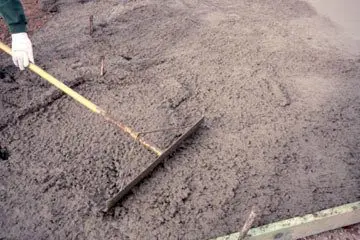
2. Adopt Alternate Methods of Curing
Drip curing, a new technology based on concept of drip irrigation, gives the most promising results. Practically, at site drip curing gives the optimum level of compressive strength along with that using water resource most efficiently. In drip curing, water is applied directly at the required spot or location, minimizing conveyance losses. Moreover, to increase the efficiency of curing we can cover the concrete surface by moist canvas. Sometimes, membrane curing is also preferred as moist curing generally requires less water because the membrane helps to keep a satisfactory and optimum temperature, preventing unnecessary evaporation water loss.
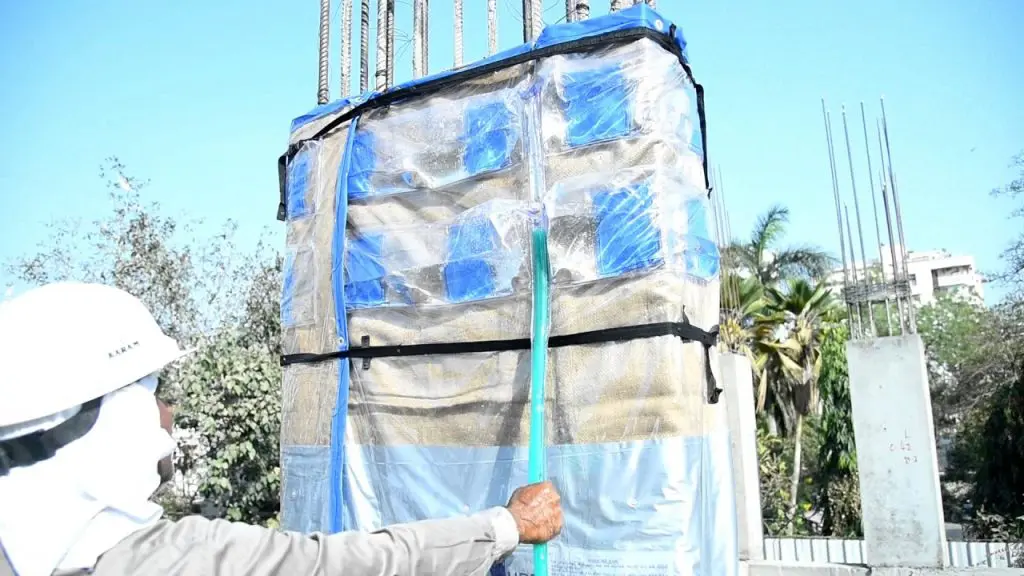
3. Use of Water Reducing Admix
Use of these admixtures, reduce the amount of water required, while maintaining am optimum level of workability and consistency i.e., provide certain workability at less water cement ratio, which further results in better strength and durability. It also decreases the concrete porosity and reduces permeability, thus, further reducing loss of water. Water reducing admixtures actually neutralizes surface charges and allows for better dispersion resulting in reduced flocculation of cement particles and formation of greater slump
4. Use Dry Mortar
In general, maximum amount of water is used during preparation of mortar and during curing. Use of dry mortar, efficiently reduces the water requirement as there is no need of wet mortar. Moreover, use of dry mortar completely eliminates the curing need. This helps in massive conservation of water in pre-construction phase.
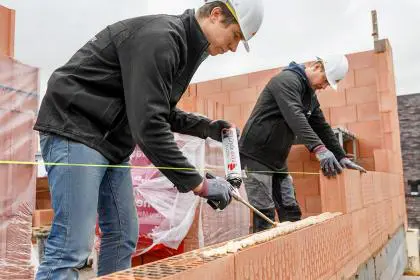
5. Create Natural Water Harvesting Ponds
The process of collecting natural rainwater or used grey water with a motive to reduce the exploitation of water and further treating and reusing the collected water. In case of household, water harvesting is mostly used in conjugation with dual pumping and grey water treatment. These mechanisms, reduces the sewer traffic and designing becomes economical. The stored water can be used whenever required and small scale construction during rainy season with proper precautions always proves economical and water efficient.
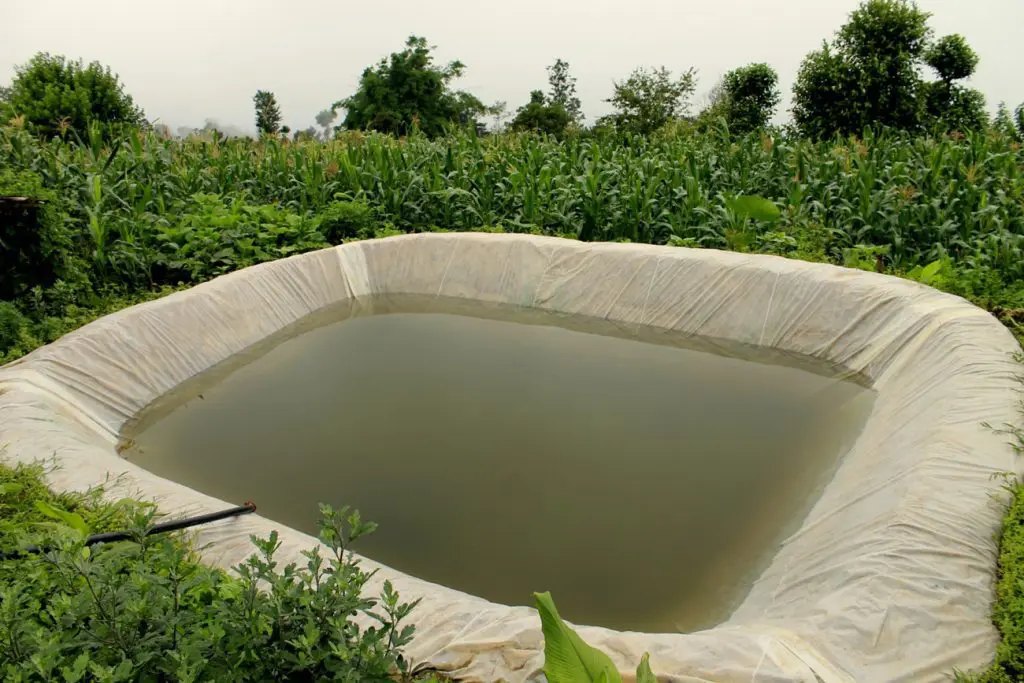
6. Proper Management of Resources during construction
A proper management is required to save water during application in a construction. The saved water from harvesting or recycled water can be surely used for works other than mixing in cement, like cleaning working site, cleaning equipments, etc. If conserving water is major concern then, while cleaning site and equipment a continuous water flow through pipes must be avoided and application in small packets like buckets might be used.
7. Reducing Consumption of Water by Design and Using Water meters
Low flush toilets or High efficiency toilets, waterless urinals contribute to huge water savings. Modern taps and showers entrails air with the flow, reducing quantity of water flow. Further, marking and monitoring the quantity usage of water may result in higher average water savings and helps in creating awareness for water scarcity. Use of water saving fixtures and appliances can reduce the water consumption by as much as 30% to 40%.
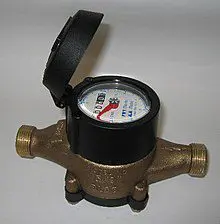
– Tushar Meena





